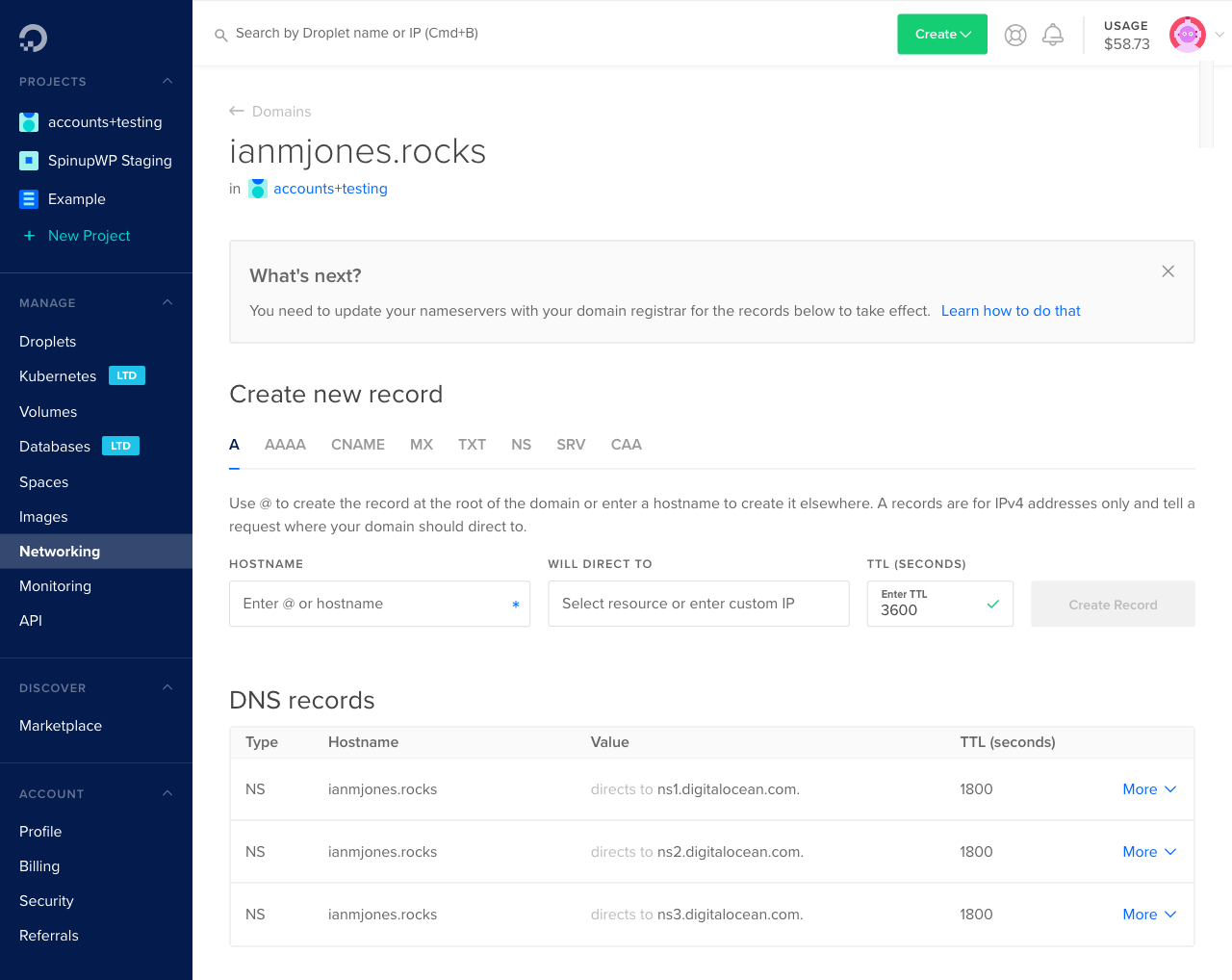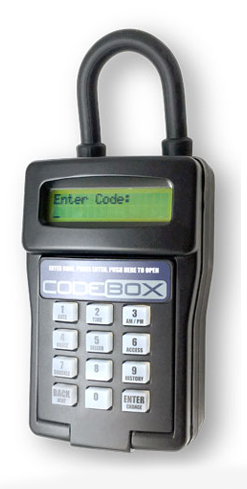

Once your documents are uploaded, they should already be accessible from your site. /server/path/to/wordpress/site /public_html/wp-content/uploads/2021/03/A-privatecompanies/A12briefcam2020/….For us, that looked something like this (we’ll represent placeholders in purple): You’ll put all of the documents in the appropriate wp-content/uploads folder. (Warning: it took me several hours to upload 3 GB of files to the server with Filezilla!) Instead, you’ll need to SSH into your server and upload your documents directly using rsync or an application like Filezilla. Unfortunately, to preserve the structure you’ve just built, you cannot simply add your documents to the media gallery through the normal WordPress admin interface. Once you’re done building up your directory structure, you’ll upload these document directories so they can be accessed from your site. We used an alphanumeric naming scheme to preserve our intended order, like so: In our case, we organized the public records requests into different categories, put the documents into different folders for each public records request, and finally split up different documents based on whether they were ACLU messages, government responses, or responsive documents. Depending on how many documents you have and how well organized they are, this step could take a bit. This will make it possible to auto-populate the documents and any metadata in each host page later. Get your documents in orderįirst things first, you’ll need to (re)organize your documents before putting them onto the server, so that all of the documents for a single page are siloed in their own directory.
CODEBOX DIGITALOCEAN CODE
Some of the code and methods outlined here are particular to these specs. The code from steps 2 and 3 is also available in this Jupyter notebook on GitHub.Ī quick note before we start: our particular WordPress setup includes hosting with DigitalOcean, WordPress editing with Visual Composer, and formatting via the Uncode theme. Write PHP commands to create (many) WordPress pages.Generate content for (many) WordPress pages.A deep-seated resentment for repetitive tasks.SSH or FTP access to the server hosting your WordPress site.Manually making all of these new pages with all of these new documents would take approximately infinity hours, and would be absolutely soul-sucking along the way.īut good news: if you’ve got some coding skills, it’s possible to programmatically create all your pages with some setup, some Python, minimal PHP, and the click of a button. You use your site to present these documents in some sort of helpful structure.Īnd maybe you’ve just acquired, say, 1,400 new documents detailing the use of facial recognition across Massachusetts government agencies, which will require dozens of new structured pages with hundreds of repeated elements to properly display.

Maybe they’re photographs in your portfolio, records of minutes from your recurring meetings, homework assignments and materials for your students … or maybe they’re responsive documents from 400 public records requests. So you use your WordPress site to publicly share documents with the world. This technical blog is cross-posted on Medium.


 0 kommentar(er)
0 kommentar(er)
